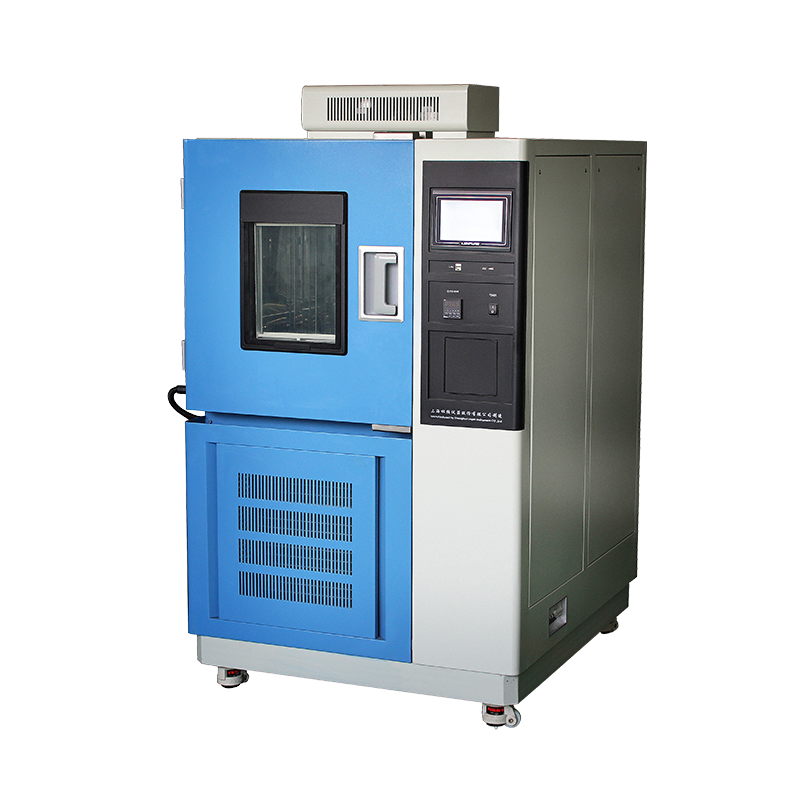

The installation of a constant temperature and humidity chamber is just as crucial as its operation and maintenance. Proper installation helps prevent malfunctions, extends the equipment’s lifespan, and ensures accurate test results. Today, we’ll discuss the key considerations during installation to ensure optimal long-term performance.
1. Environmental Requirements
The chamber should be placed in an environment with a temperature range of 5–30°C. If seasonal variations cause temperatures to exceed this range, auxiliary cooling or heating equipment must be used to maintain a stable temperature. Sudden fluctuations can negatively impact the chamber’s performance.
Additionally, the surrounding area should be:
Well-ventilated
Free from direct sunlight
Dust-free
Clear of obstructions, especially flammable, explosive, or corrosive materials

2. Handling and Transportation
As a high-precision testing instrument, the chamber must be handled carefully to avoid excessive vibration. Typically, shock-absorbing pads are installed at the base to minimize movement during transport.
Key precautions:
Tilt angle should not exceed 45° (due to the refrigeration system).
Never lift the chamber by its power cord, motor, or electrical cabinet, as this may damage critical components.
After positioning, adjust the four leveling feet to ensure stability.
Maintain sufficient clearance from walls to allow proper heat dissipation.
3. Installation Details
Level Ground Requirement: The floor must be perfectly level; if not, adjustments should be made.
Drainage System: The drain pipe should include a trap (U-bend) and a slight slope to ensure smooth wastewater discharge.
Humidification System: Only purified or distilled water should be used—never tap water. Avoid overfilling the water tank.
4. Final Checks Before Use
Since improper handling can easily damage the chamber, it’s essential to:
Inspect the equipment upon delivery to ensure no damage occurred during transit.
Have professional technicians perform installation and calibration before initial use.
By following these guidelines, you can ensure the long-term reliability and accuracy of your constant temperature and humidity chamber.